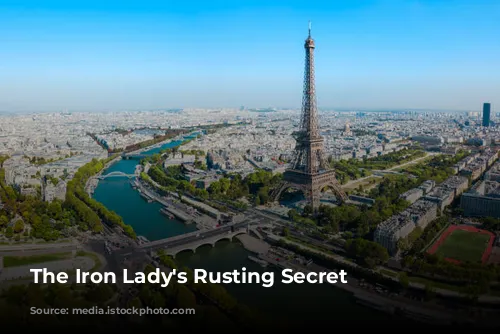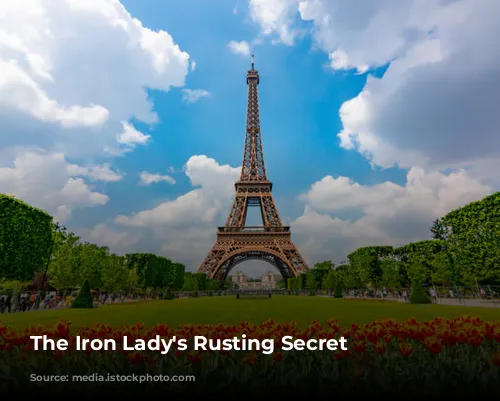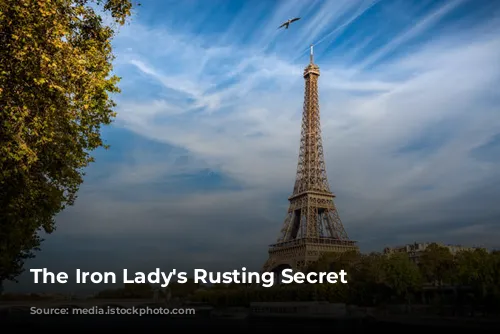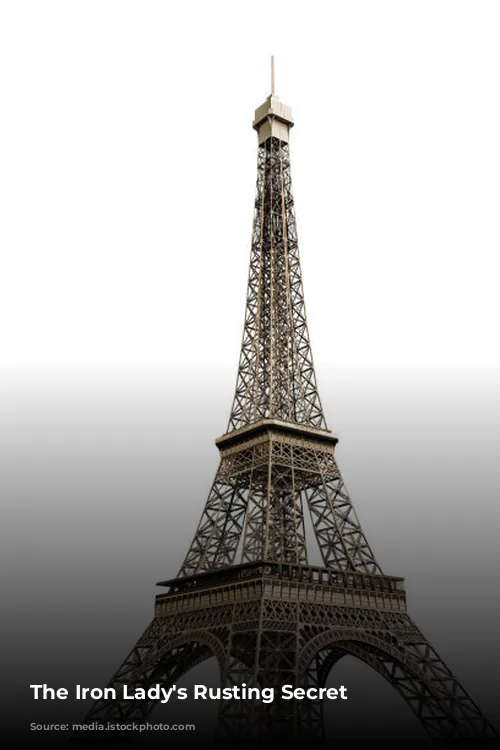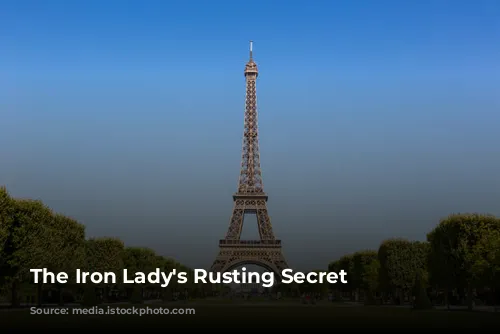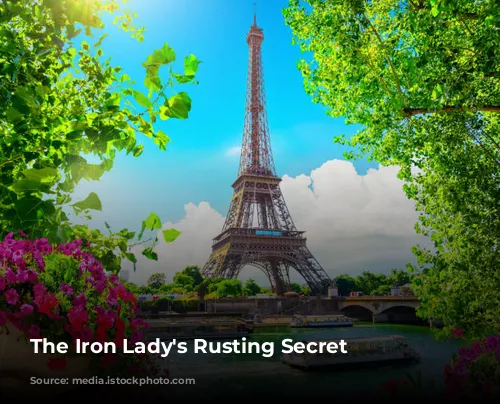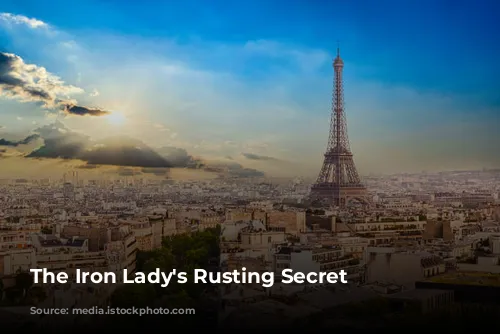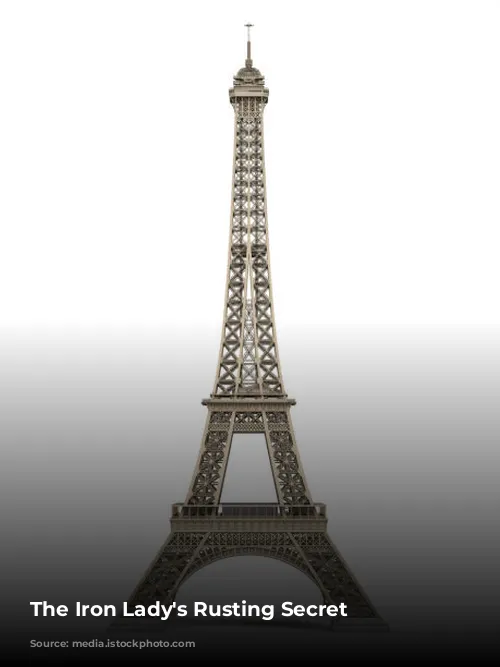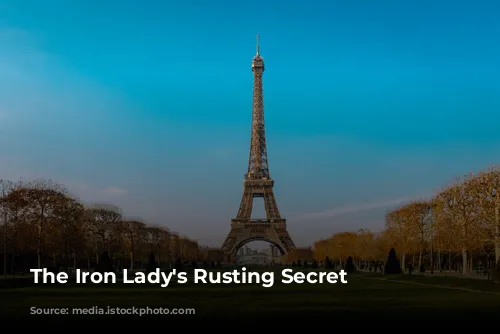The Eiffel Tower, Paris’s iconic landmark, was built in 1889 and originally intended to stand for just twenty years. The tower’s longevity, however, is a testament to diligent maintenance.
Today, however, confidential reports reveal a concerning truth: the tower’s iron structure is riddled with rust. While the tower is undergoing a €60 million repaint for the 2024 Olympics, experts warn that this is a mere cosmetic makeover. They contend that a full, thorough restoration is required to save the tower from further deterioration.
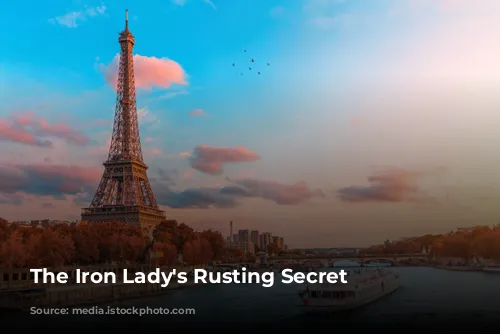
A Legacy of Rust
The Eiffel Tower’s construction was a feat of engineering, using puddle iron, a high-grade wrought iron produced during the Industrial Revolution. Eiffel himself recognized the threat of rust and stressed the importance of regular painting.
Since its construction, the tower has been repainted 19 times. However, the current €60 million repaint project is facing significant challenges. The presence of high lead levels in the old paint, coupled with Covid-related delays, has significantly reduced the scope of the work. Instead of stripping and repainting one-third of the tower, only 5% will receive this treatment.
Experts fear that this inadequate approach will worsen the existing corrosion and ultimately lead to further damage. They emphasize that the tower needs a comprehensive restoration, including stripping, repair, and repainting, to ensure its long-term survival.
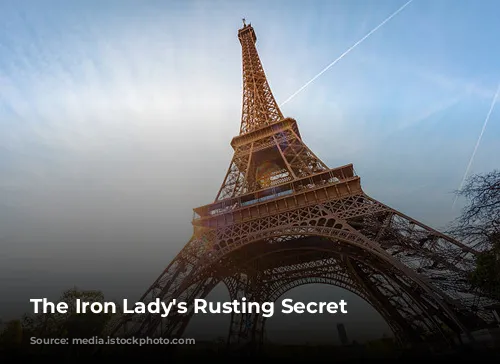
A Tower in Trouble
Sete, the company that oversees the tower, is reluctant to shut down the landmark for a prolonged restoration, citing the significant revenue loss. The Eiffel Tower attracts millions of visitors each year, contributing a substantial amount to the city’s economy. Its closure in 2020 due to the pandemic resulted in a €52 million loss in income.
Several reports over the years have highlighted the urgent need for comprehensive maintenance. A 2010 report advocated for a new maintenance policy focused on testing the aging metal structure. A 2014 report by Expiris, a paint company, revealed the presence of cracks and rust, along with poor paint adhesion. Bernard Giovannoni, the head of Expiris, emphasized the urgency of addressing the corrosion in 2014.
A 2016 report further documented 884 faults, including 68 considered critical to the tower’s structural integrity. Experts warn that the current cosmetic makeover is inadequate and could worsen the tower’s condition.
While the original paint layers offer some protection, experts fear that the current approach will exacerbate the rust and lead levels, leading to further deterioration.

A Tower’s Future
While experts raise serious concerns, some offer a more optimistic outlook. Bertrand Lemoine, an architect, engineer, and historian, believes that with proper care, the Eiffel Tower can stand for centuries. He emphasizes the importance of regular repainting to combat corrosion, the primary threat to the tower’s longevity.
The Eiffel Tower’s future remains uncertain. The current cosmetic approach may offer a short-term solution for the 2024 Olympics, but experts warn that it could lead to further damage and a potentially dire situation for the iconic landmark. A comprehensive restoration is urgently needed to ensure the tower’s long-term survival and continued appeal to visitors for generations to come.
